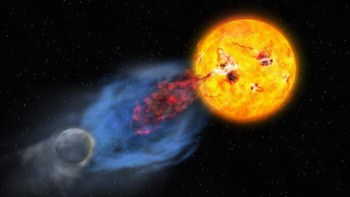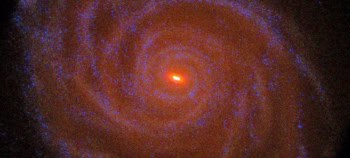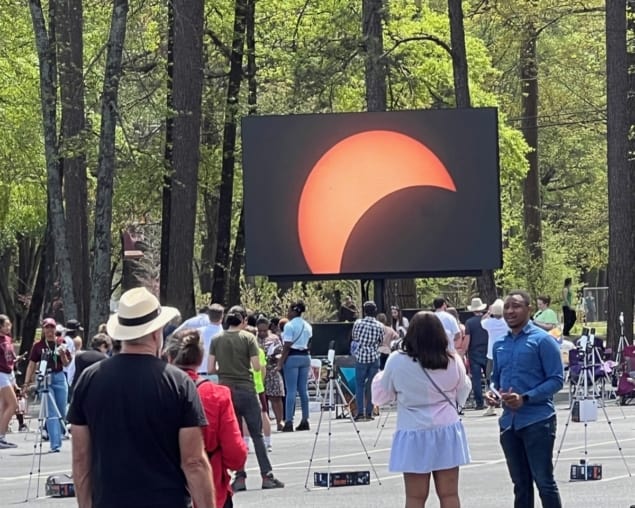
Physics World’s office is a long way from the path of totality for yesterday’s solar eclipse, which covered a swathe of North America from the Pacific coast of Mexico to Newfoundland in Canada. Here in Bristol, UK, we didn’t even get to see a partial eclipse, thanks to the heavy cloud that often afflicts the UK at this time of year. But some of our readers were more fortunate, so here’s a quick round-up of their experiences.
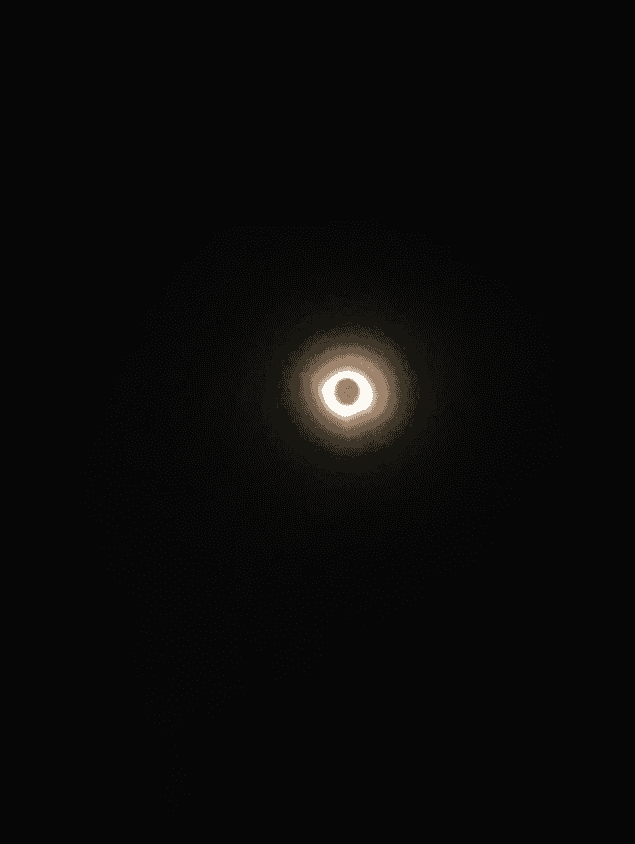
The first of our correspondents to see the Moon’s shadow slide across the face of the Sun was Adrian Carreón, who observed the eclipse in Torreón, a city in the southwestern corner of Coahuila state, Mexico. “It was my first eclipse that I’ve seen, or at least that I remember, but it was awesome,” he says. “The best part was when day turned into night in just minutes, and in the sky I could see a light ring over my head.” Carreón captured a shot of this famous “ring of fire” on his phone.
Next up were John, Barb and Kirsten Harris (my uncle, aunt and cousin), who travelled to Little Rock, Arkansas from their homes in Chicago and New York for a better view. An hour or so before totality, things were looking good. According to my uncle, who has an ironic sense of humour, the sky above their chosen viewing spot in a University of Arkansas car park was “clear except for the chemtrails”.
Afterwards, he was full of praise for university staff who put on the event. “They had several rows of telescopes for kids, plus more for adults,” he reported. “Their biggest telescope was feeding a big screen so everybody could see the action.”
The telescopes, he added, will be ready again for the next total solar eclipse in Little Rock on 12 August 2045, when the city should experience 5 minutes and 39 seconds of totality instead of a mere two and a half – “which will be good, as we will all be slower then,” he concluded.

Our next correspondent – a friend of Physics World’s resident Canadian, Hamish Johnston – didn’t have quite so far to travel. A 20-minute drive to a friend’s cottage on the northern shore of Lake Erie was enough to put Peggy Shepherd Johnson in the zone of totality. At that location, the Sun was fully obscured for less than a minute, but she says it felt like longer.
“It was absolutely beautiful,” she told Johnston by email. “We were able to clearly view the ‘ring of fire’ around the Sun and see a few stars and (we believe) a planet at the totality. The temperature dropped significantly – a local brewery recorded a drop from 24 °C down to 12 °C – and it was eerie. We could view areas that were [outside full totality] in the near distance and see brightness and sunset-like views, but we were dark. The birds went quiet, and we heard what sounded like a very loud rumble of thunder with no storm system around. We’re all absolutely amazed – intellectually, we knew what to expect, but it was so much more to experience. We were simply blown away.”
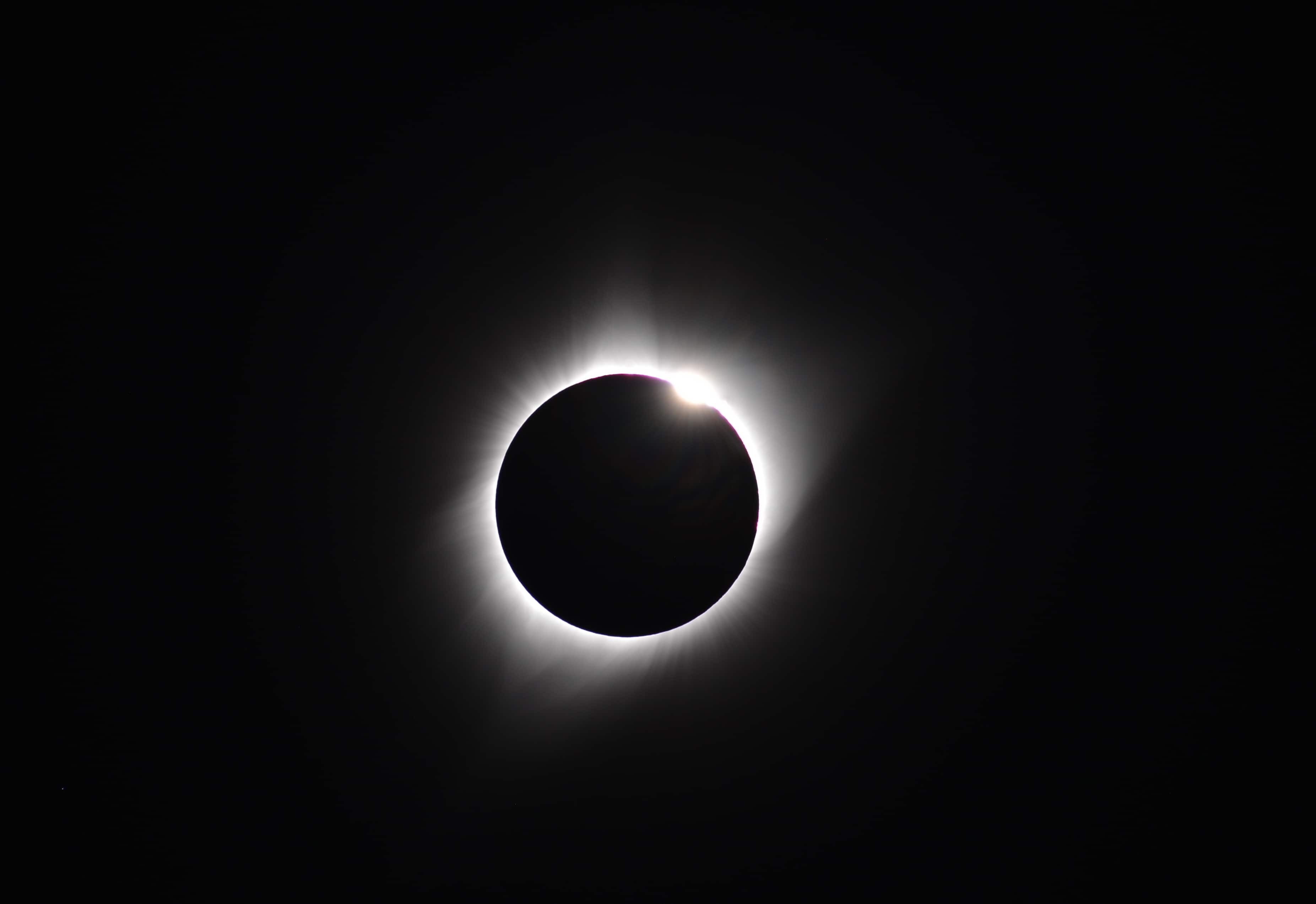
Wish you were here? Seven chances to experience a total solar eclipse in the 2020s
Even those who couldn’t travel far managed to get in on the action. Norm Johnston, Hamish’s 90-year-old father, noticed some extra traffic in the streets from people headed out to view the eclipse from Canada’s Lake Ontario shoreline, but chose to watch television coverage of the eclipse from a viewing site at Niagara Falls rather than going out. “The streetlights came on,” he reported laconically. “Hope this helps!”

